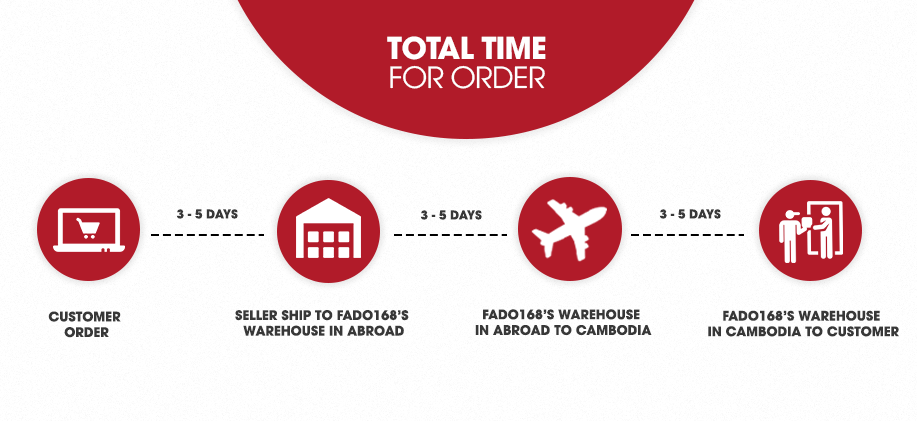What Hardware Do You Need?
You’ll need a laptop or desktop computer with a USB port. This will be your main programming environment, where you edit and compile the programs that you run on the embedded device. You’ll connect this computer to the embedded device using the USB port and a specialized adapter that will depend on what development hardware you’re using. The main computer can be running Windows, Linux, or macOS. For most of the examples we train our machine learning models in the cloud, using Google Colab, so don’t worry about having a specially equipped computer.
You will also need an embedded development board to test your programs on. To do something interesting you’ll need a microphone, accelerometers, or a camera attached, and you want something small enough to build into a realistic prototype project, along with a battery. This was tough to find when we started this book, so we worked together with the chip manufacturer Ambiq and maker retailer SparkFun to produce the SparkFun Edge board. All of the book’s examples will work with this device.
What Software Do You Need?
All of the projects in this book are based around the TensorFlow Lite for Microcontrollers framework. This is a variant of the TensorFlow Lite framework designed to run on embedded devices with only a few tens of kilobytes of memory available. All of the projects are included as examples in the library, and it’s open source, so you can find it on GitHub.
You’ll need some kind of editor to examine and modify your code. If you’re not sure which one you should use, Microsoft’s free VS Code application is a great place to start. It works on macOS, Linux, and Windows, and has a lot of handy features like syntax highlighting and autocomplete. If you already have a favorite editor you can use that, instead; we won’t be doing extensive modifications for any of our projects.
You’ll also need somewhere to enter commands. On macOS and Linux this is known as the terminal, and you can find it in your Applications folder under that name. On Windows it’s known as the Command Prompt, which you can find in your Start menu.
There will also be extra software that you’ll need to communicate with your embedded development board, but this will depend on what device you have. If you’re using either the SparkFun Edge board or an Mbed device, you’ll need to have Python installed for some build scripts, and then you can use GNU Screen on Linux or macOS or Tera Term on Windows to access the debug logging console, showing text output from the embedded device. If you have an Arduino board, everything you need is installed as part of the IDE, so you just need to download the main software package.


